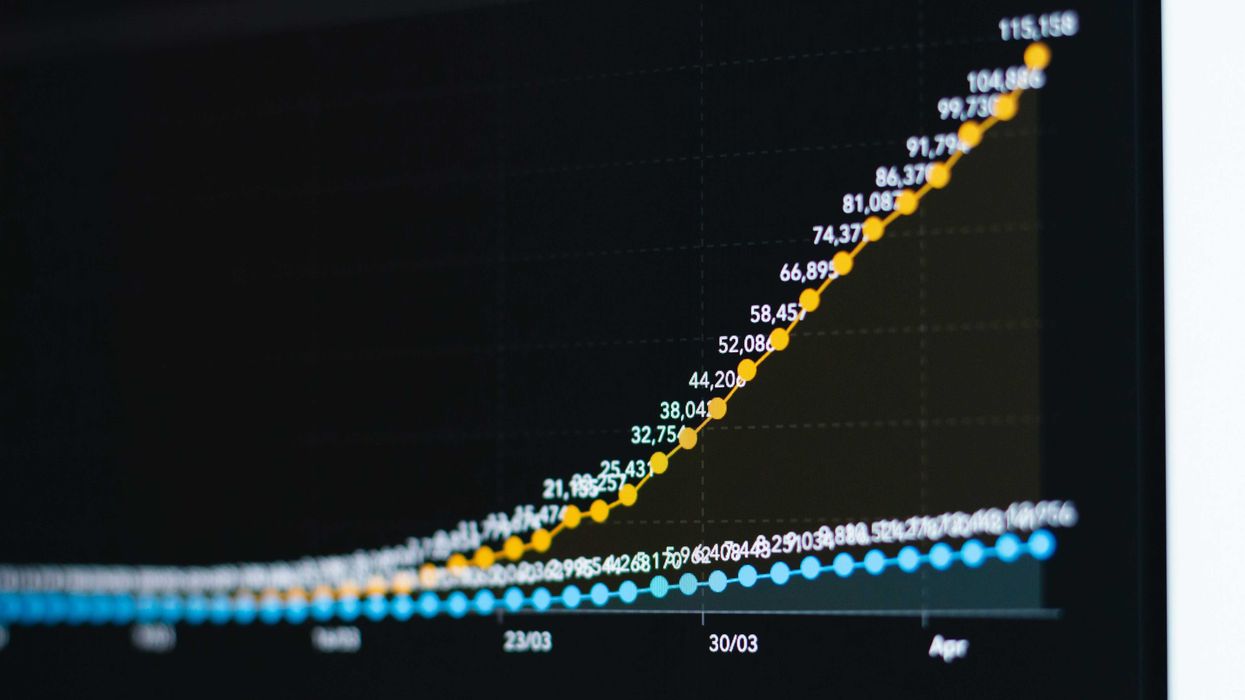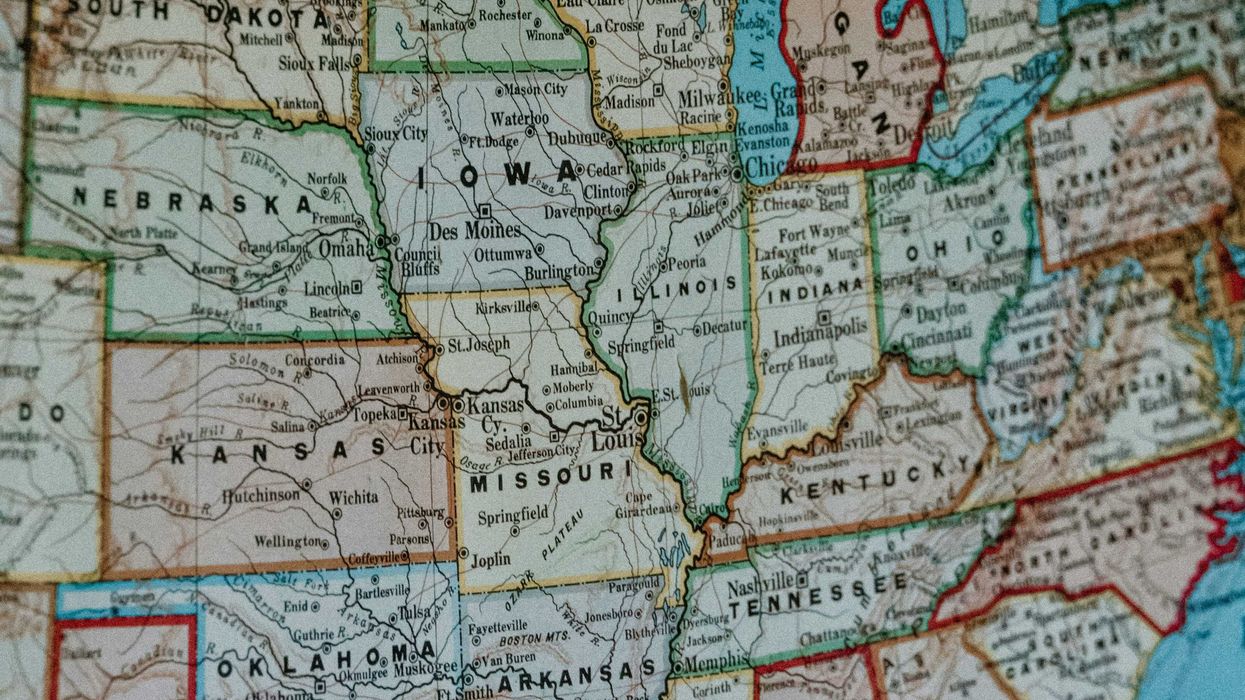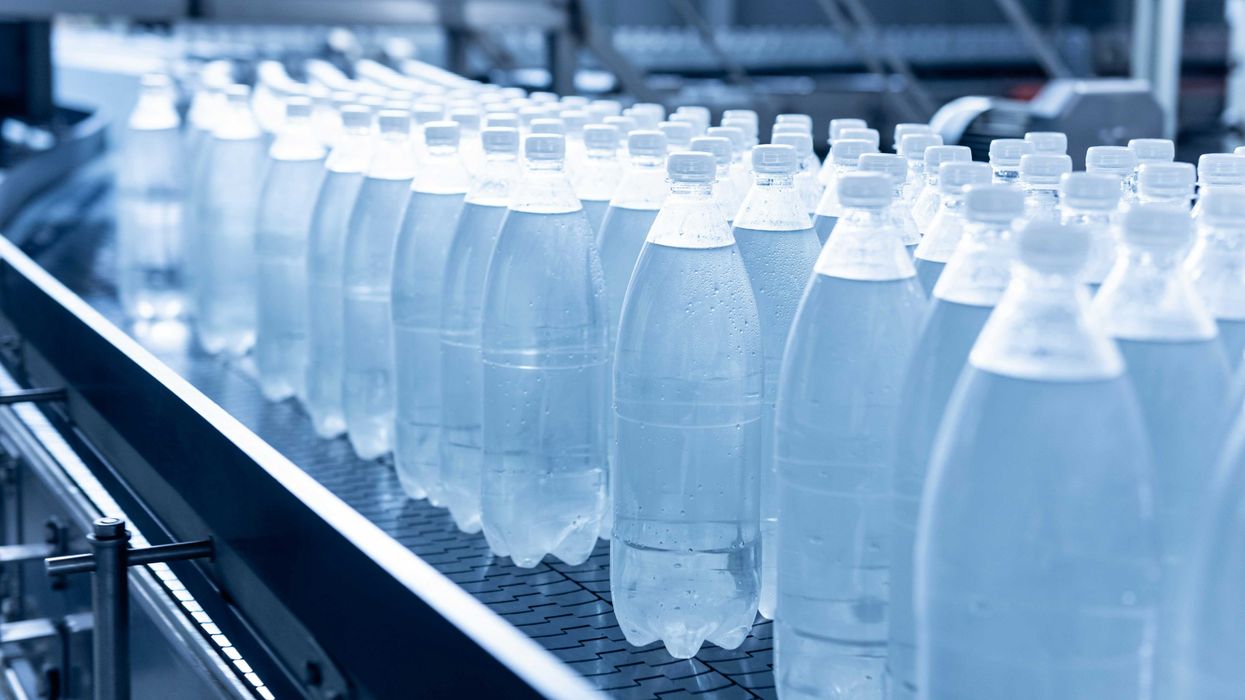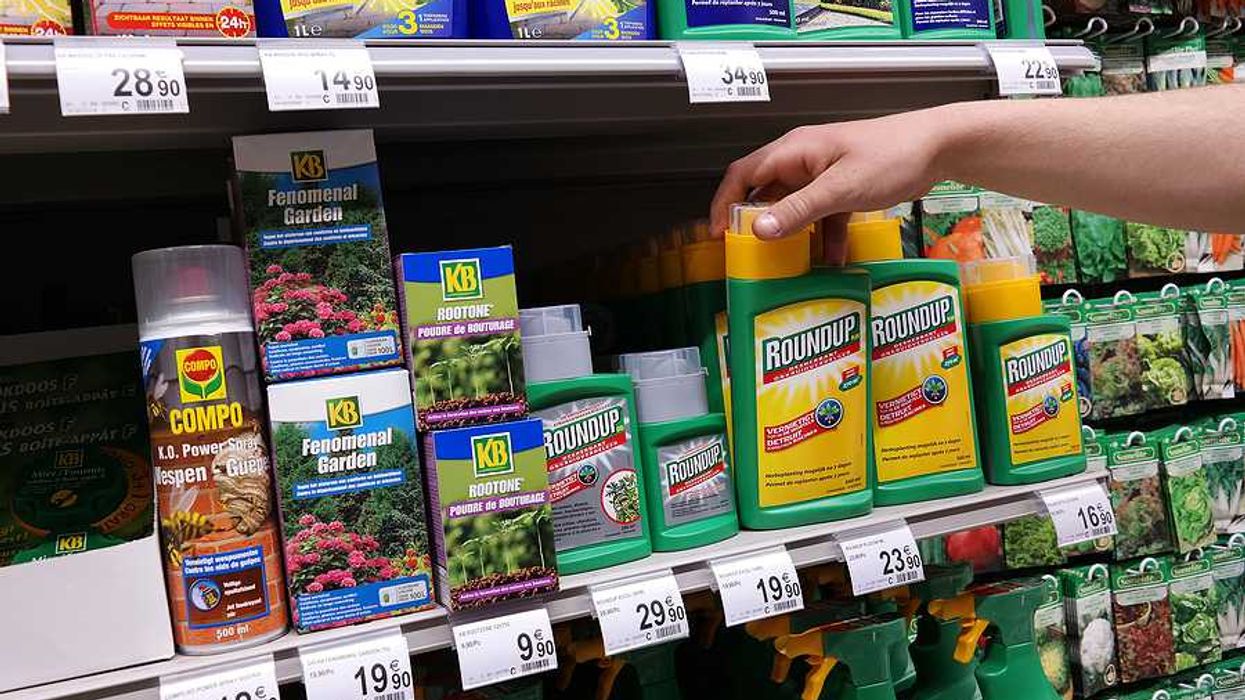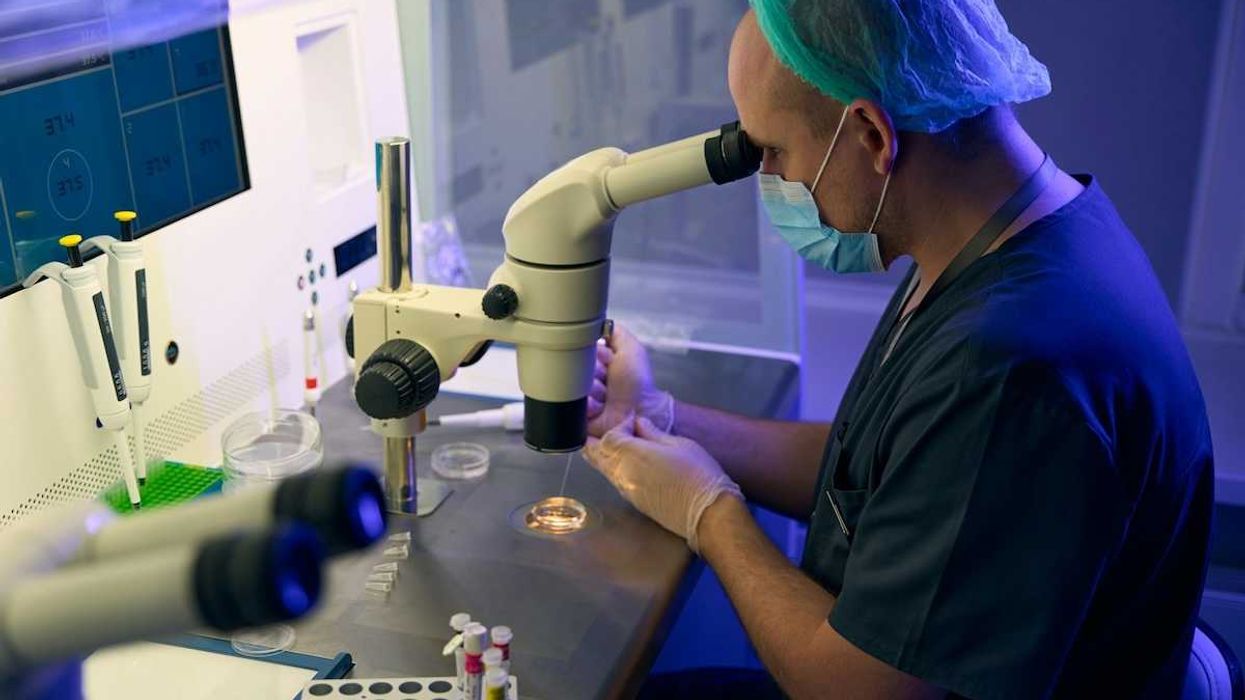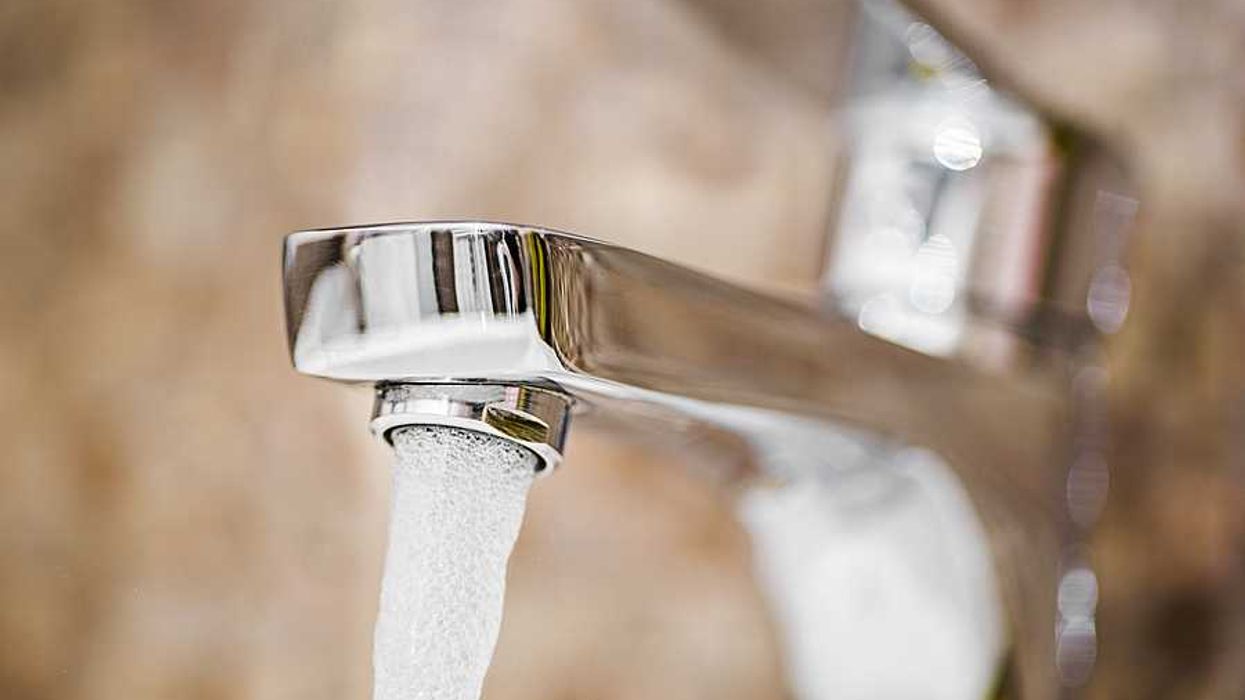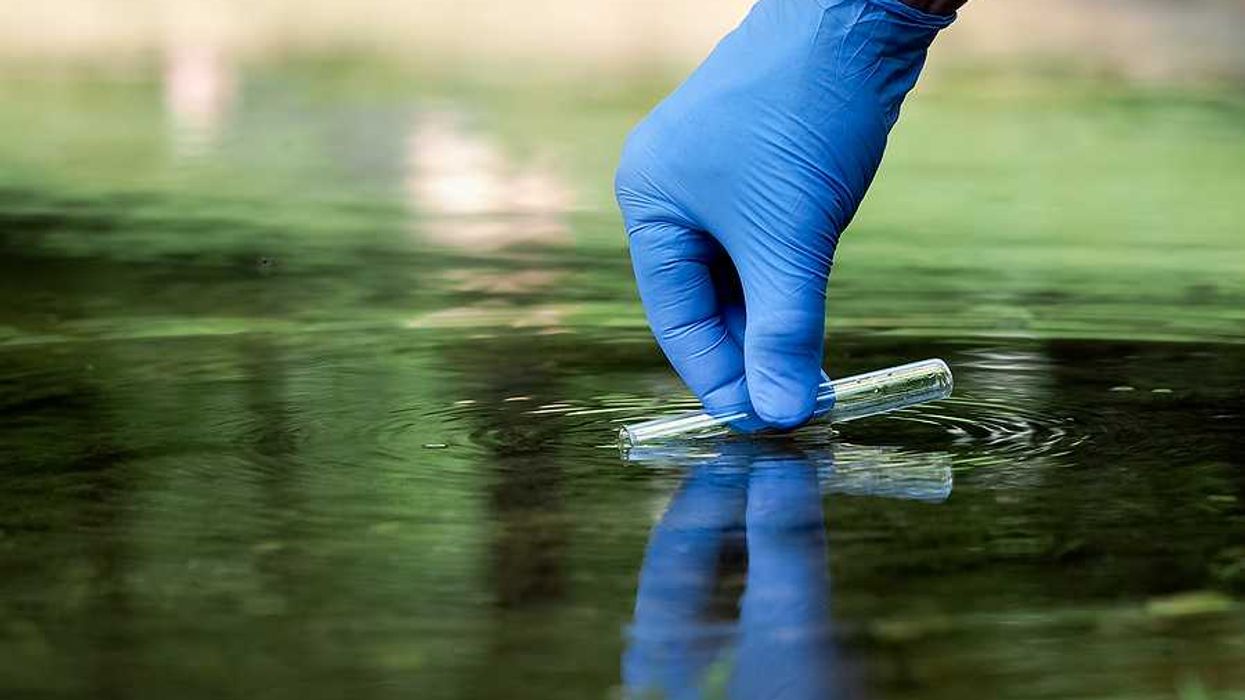Kraft Heinz announced it will eliminate synthetic food dyes from its entire product line by the end of 2027, following new federal pressure to clean up chemical additives in processed foods.
Brian Bienkowski reports for The New Lede.
In short:
- Kraft Heinz will phase out synthetic FD&C dyes across all its brands, including Jell-O, Kool-Aid, and Velveeta, becoming the first major U.S. food company to do so following a new federal initiative.
- The company said about 10% of its portfolio still contains synthetic colors, which will be replaced with natural alternatives or reformulated entirely by 2027.
- The move follows an April announcement by the U.S. Department of Health and Human Services and the U.S. Food and Drug Administration targeting food dyes linked to behavioral health issues in children, including ADHD.
Key quote:
“The vast majority of our products use natural or no colors, and we’ve been on a journey to reduce our use of FD&C colors across the remainder of our portfolio.”
— Pedro Navio, North America president at Kraft Heinz
Why this matters:
Synthetic food dyes are used in thousands of processed foods to boost visual appeal but have come under increased scrutiny for their potential health risks, especially in children. Studies have linked some dyes to behavioral problems, including hyperactivity, prompting renewed regulatory focus. These additives are found not just in candy and soda but also in unexpected staples like salad dressings and yogurt. As larger companies shift to natural colorings, smaller manufacturers may face barriers due to higher costs and limited supply chains. The move by Kraft Heinz signals an industry-wide shift toward cleaner labeling amid growing consumer and regulatory demand for transparency and safety in the food supply.
Learn more: Behind the Ban: Breaking down the risks of Red Dye 3 and chemicals like it



